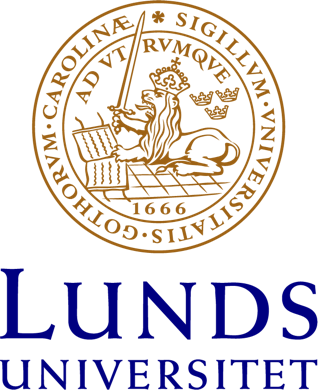Defining Human Enhancement : Towards a Foundational Conceptual Tool for Enhancement Law
Emerging technologies open the prospect of extraordinary interventions on the human body. These may go beyond what is strictly necessary to sustain health and well-being. While responding to social and ethical challenges of such advances, the Law simultaneously faces the challenge of reflecting on the legitimacy to legislate and on whether the existing legal framework is appropriate to address the
